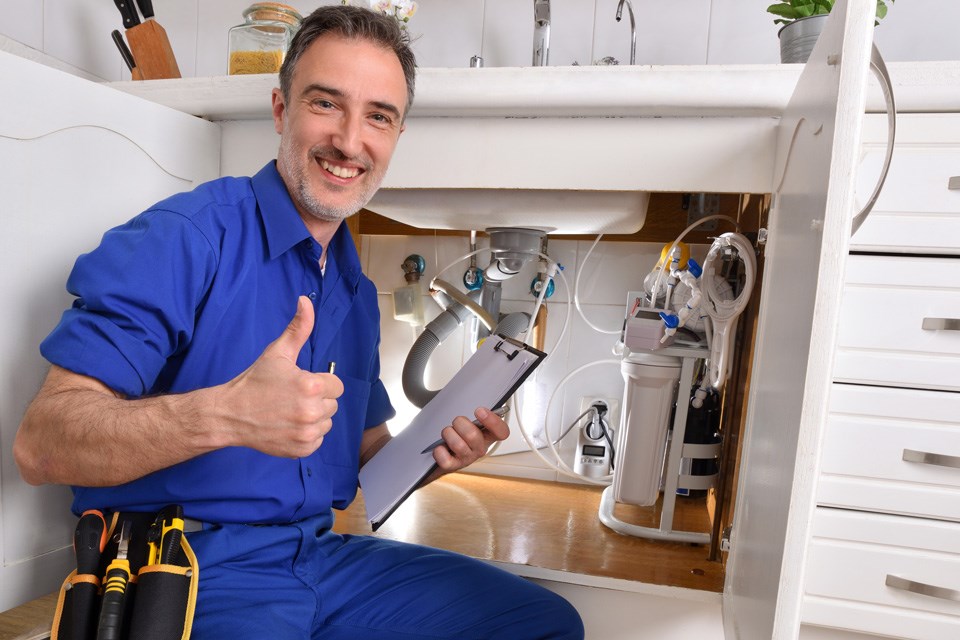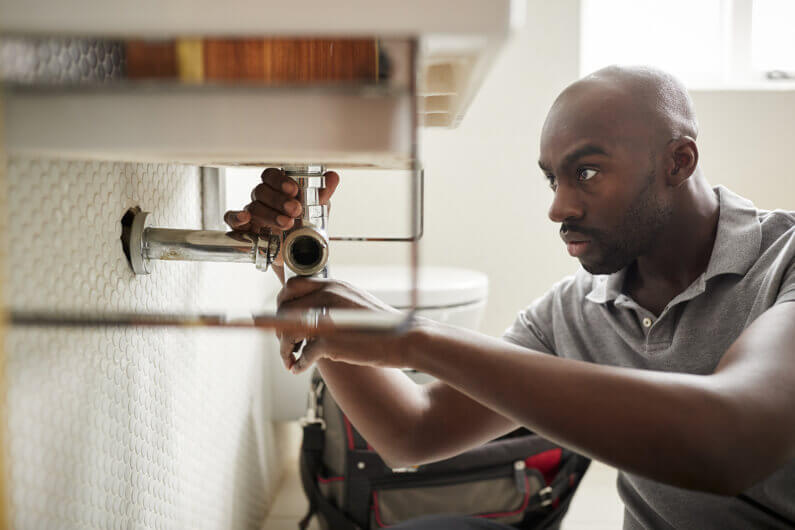Quality Water Heater Installation Alabaster AL for Optimal Convenience
Quality Water Heater Installation Alabaster AL for Optimal Convenience
Blog Article
A Detailed Overview to Efficient Hot Water Heater Installation for Ideal Efficiency
Starting the task of installing a water heating system is an endeavor that demands precision and an organized approach for attaining optimal performance. The process starts with the critical choice of picking the proper heater customized to the particular demands of your home, taking into consideration elements such as power, kind, and size source. When selected, preparing the installment area to meet safety and security standards is vital. The trip doesn't finish here. As you proceed, the details of linking water lines and setting up dependable electric or gas connections await, promising understandings into ensuring performance and integrity.
Picking the Right Water Heater

Following, think about the size and capacity of the water heating system. It's essential to analyze your family's hot water demands, which can differ based on the variety of residents and their usage patterns. An unit that's too little might lead to insufficient warm water, while an oversized design might lead to unneeded power consumption.
Efficiency scores also play a crucial duty in selection. Try to find water heating units with high Energy Element (EF) rankings, indicating exceptional efficiency and minimized energy usage. Tankless models, though usually much more pricey upfront, offer considerable power cost savings gradually as a result of their on-demand heating abilities.
Preparing the Installation Area
Before setting up a new water heating unit, thorough prep work of the installment location is crucial. It's crucial to determine the room meticulously to suit the water heating unit's measurements, making certain appropriate clearance around the device for reliable procedure and servicing.
Next, remove any type of particles, dirt, or blockages from the website to produce a tidy setting. Inspect the floor for security, as the water heating unit will require a strong, degree surface area to run successfully. If needed, set up a drip frying pan below the device to catch prospective leaks or spills, protecting against water damages to the surrounding location. In areas vulnerable to seismic activity, think about installing seismic bands to protect the heater firmly in position.
Furthermore, make certain that all essential devices and products get on hand before commencing the installation. This includes items such as wrenches, screwdrivers, a level, and any kind of additional hardware required for mounting and protecting the heater. A well-prepared installation location establishes the foundation for a successful hot water heater setup, enhancing performance and safety and security.
Connecting Water Lines
When connecting water lines to your recently mounted hot water heater, it is crucial to make sure that all connections are leak-free and safe to preserve reliable operation and stop water go to the website damage. Begin by recognizing the cool and warm water supply lines. The chilly water inlet is usually noted with a blue tag or a "C", while the warm water outlet is marked with a red tag or an "H".
Use adaptable hot water heater connectors to help with a less complicated installation process. These connectors can absorb resonance and permit minor motion, minimizing the risk of leakages. Prior to affixing the connectors, put a plumbing technician's tape around the threaded ends of the hot water heater's inlet and outlet pipelines - Plumber Alabaster AL. This tape serves as a sealant, preventing leakages. Thoroughly connect the flexible hoses to the respective inlet and outlet, making certain that they are tight yet not over-tightened, which might damage the strings.
Once links are in place, gradually activate the major water shutoff. Examine each link for leakages by aesthetically checking and really feeling for dampness. Tighten up connections as necessary, and guarantee the stress safety valve is properly set up, protecting versus too much stress accumulation.
Establishing Up Electrical or Gas Links
Appropriately establishing up the electrical or gas connections for your water heater is an important action to make certain secure and reliable procedure. For electric water heaters, begin by verifying that the electric circuit is compatible with the heating system's voltage and amperage demands.
For gas water heating systems, safety and security is vital. Attach the gas line to the see page water heating unit making use of a versatile gas connector, ensuring it is appropriately threaded and secured with pipeline joint compound or Teflon tape appropriate for gas connections.
As soon as connections are made, examine for any kind of possible leaks. For gas lines, use a soapy water remedy to the joints; bubbles suggest a leak. For electrical links, ascertain that all circuitry is safe and secure and correctly shielded, keeping conformity with neighborhood electrical codes.
Checking and Adjusting for Efficiency
With the electrical and gas links safely in place, the next step is reviewing the operational performance of your water heating unit. Begin by carefully turning on the water supply and making sure there are no leakages at any of the joints or shutoffs.
Following, execute a thorough assessment to make sure the burner or burner are operating appropriately. For electric heating systems, make use of a multimeter to confirm if the components are drawing the proper present. In gas models, observe the heater flame; it ought to be blue and consistent, suggesting reliable burning.
Change the setups as necessary to eliminate inadequacies. Consider applying insulation measures, such as adding a hot water heater covering, to even more boost efficiency by minimizing warm loss. Additionally, inspect the anode rod's problem, as a worn-out pole can reduce performance and lead to container deterioration.
Final Thought
Efficient water heater installment try this is critical for guaranteeing optimum performance and power financial savings. By picking the proper kind and size, and carefully preparing the installation area, a foundation for success is established. Firmly linking supply of water lines and thoroughly establishing electrical or gas connections reduce prospective problems. Complete screening for leaks and exact thermostat adjustments to 120 ° F enhance integrity and performance. Abiding by these actions advertises long-term functionality and energy conservation in property water heater.

Effectively establishing up the electric or gas links for your water heating system is an essential action to make sure risk-free and efficient procedure. For electric water heating units, start by verifying that the electric circuit is suitable with the heater's voltage and amperage requirements. Connect the gas line to the water heating system making use of a flexible gas adapter, guaranteeing it is appropriately threaded and secured with pipe joint compound or Teflon tape appropriate for gas links.
Report this page